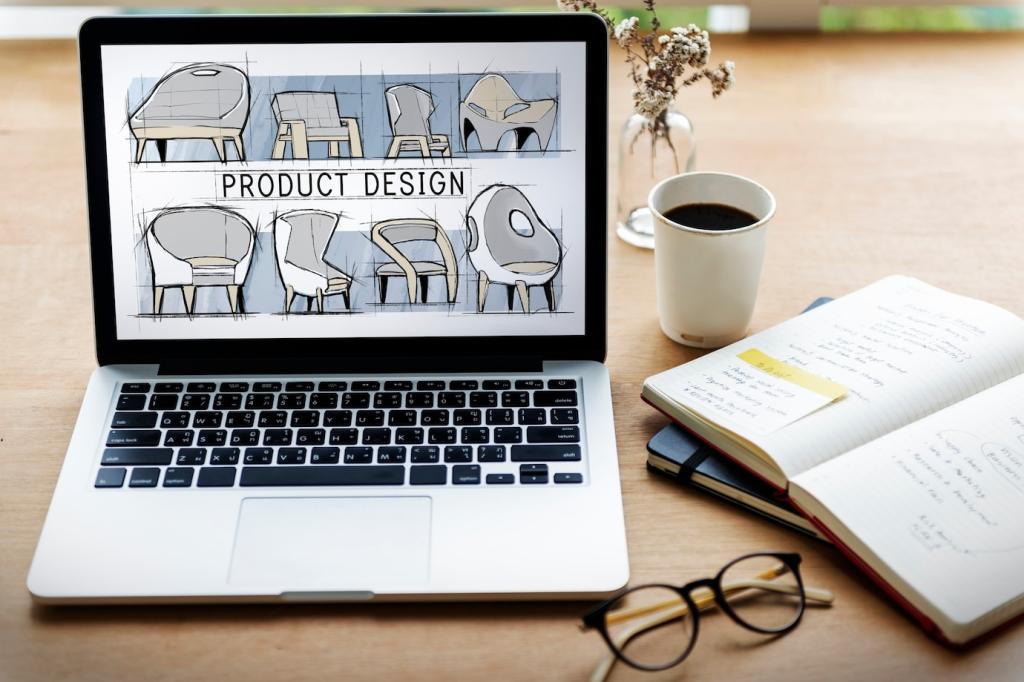Calls to Action and Lead Magnets That Convert
Swap “Submit” for warm clarity: “Start Your Design Conversation,” “See If We’re a Fit,” or “Plan Your First Step.” Add microcopy that sets expectations—response time, what to prepare, and how long the initial chat takes, calming hesitation and encouraging confident action.
Calls to Action and Lead Magnets That Convert
Offer a concise planning guide: “Room Refresh Checklist: 9 Steps to Clarity Before You Hire a Designer.” Align it with your process and voice. Nurture subscribers with helpful, story-led emails that build trust without overwhelming their inbox or attention.




